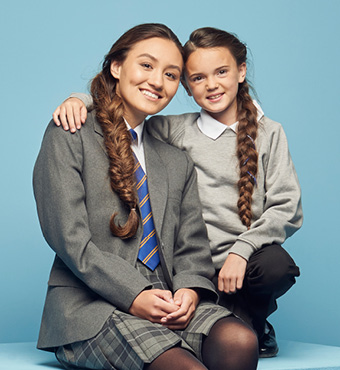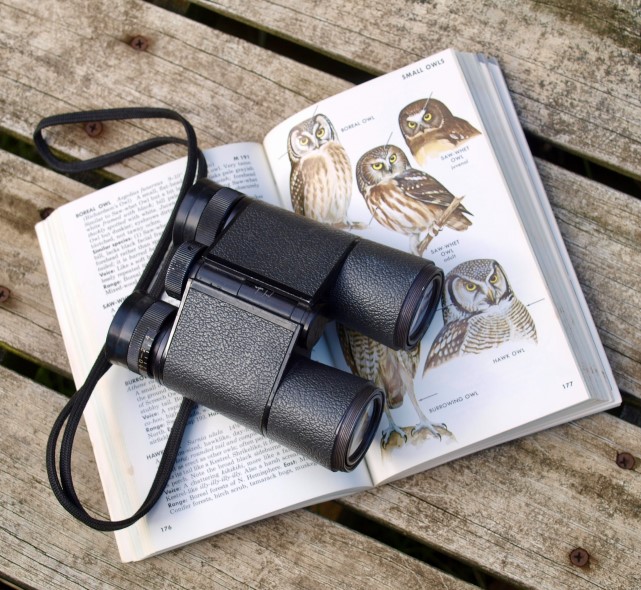- UNIFORM BY SCHOOL
- Girls School Uniform
- Boys School Uniform
- Skirts
- Boys Trousers
- Girls Trousers
- Polo Shirts
- Blouses
- Shirts
- Blazers
- PE Kit
- Clearance


Girls School Uniform


Boys School Uniform


FREE delivery - Ends Monday at Midnight
(X)







It’s the RSPB’s Big schools' bird watch this month, which takes place alongside their Big Garden Birdwatch.
It’s easy to get involved – all children need to do is count the bird species they see in school and send the results to the RSPB between 5 January and 21 February. Their school can register to take part and download all the resources needed to complete the survey.
Why take part?
We’ve lost 38 million birds from UK skies in the last 50 years, so it’s really important to do all we can to look after our birdlife. More birds than ever have been placed on the Red list of greatest conservation concern in the UK. According to the RSPB, at 70 species long, the Red list is nearly double that of 1996, showing even more of our birds are in trouble.
In 2021, more than one million people took part in Big Garden Birdwatch, so whether your kids take part in school, at home, or both, it’s a great educational event to get involved with.
How do I get involved?
The RSPB has lots of downloadable resources to help children identify the different birds they might see, including picture survey sheets, plus recipes for making bird feeders and seed for them. There are also creative ideas for making paper snappers and games to play to learn more about the birds they might spot.
If you and your children are taking part at home, all you need to do is count the birds you see in your garden, from your balcony or in your local park for one hour between 28 and 30 January.
What birds to look out for
At this time of year there are a variety of different birds you’ll commonly see in the garden. Some are easier to identify than others and the male and females often look a little different from each other.
Blackbirds, robins, house sparrows and pigeons are birds that we probably recognise quite easily, but look out for goldfinches with bright red flashes on their faces and yellow wing patches, or bullfinches with their bright orange breasts.
Some small birds are quite similar to look at, for example blue tits, great tits and coal tits – see if you and your kids can spot the differences between them!
How to attract birds into your garden
Bird feeders and seeds are readily available to buy and don’t cost the earth. If you’ve bought a couple of feeders or bird table, you’ll want to place them in a part of your garden that’s sheltered from winds and predators such as cats. If you put them too close to bushes, they’re at risk from cats but the birds will need some shelter to dart to and from.
Also remember to make sure you can see it from an inside window so you can enjoy watching them. It might take a little while for birds to come into your garden, so be patient – you might get the odd squirrel in too!
What do different birds eat?
There are lots of different bird foods available, including mixes for bird feeders and bird tables, as well as for ground feeding.
This guide from the RSPB will help you decide which foods to buy for different birds:
Watching different birds in the garden or even your local park or nature trail can help children learn about wildlife and its importance, and a nice activity to do as a family. By taking part in the Big Garden Birdwatch and Big Schools' Birdwatch, you and your children will be helping to secure the future of our birdlife.

